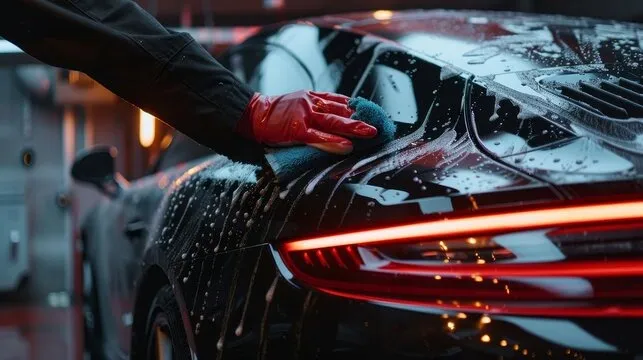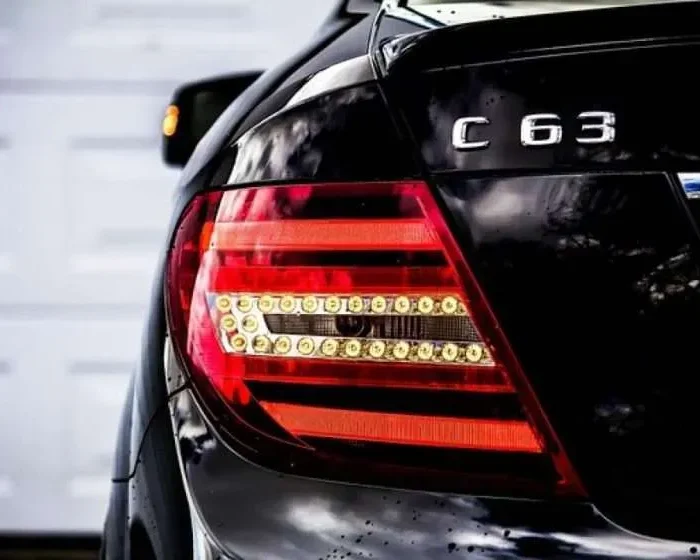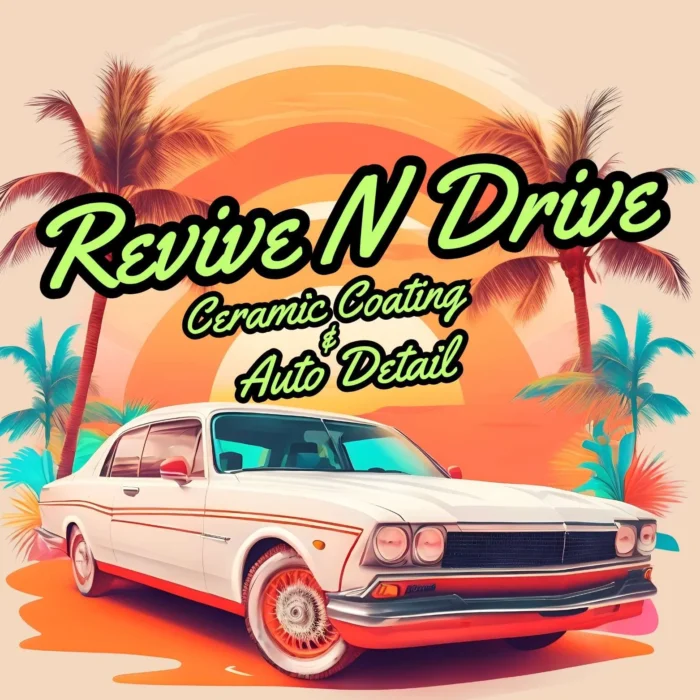Deciding on the perfect ceramic coating for your vehicle can be as tricky as navigating a busy intersection during rush hour. Well, maybe not that tricky, but it’s close! If you’ve been scouring the internet or chatting with car enthusiasts lately, you’ve probably stumbled across the buzzwords 9H and 10H when discussing ceramic coatings. But what do these mean?
In the world of automotive care, a shiny ride is more than just curb appeal—it’s a badge of honor. Ceramic coatings have emerged as the superheroes in the car care universe, offering unparalleled protection and gloss. The choice between 9H and 10H often leaves people puzzled because they sound more like sci-fi jargon than detailing terms!
So, how do you decide which one is right for you? Let’s dig into the details and see how these two coatings stack up against one another. Whether you’re a weekend warrior or a car care newbie, understanding the differences can make your car care routine smoother than ever.
Comparing 9H and 10H Ceramic Coatings: Which One Offers Better Protection?
When it comes to protection, the key player is hardness, and that’s exactly what the “H” stands for in 9H and 10H. These ratings refer to pencil hardness, a standard scale for testing coating durability. A 9H coatings currently represents the pinnacle of hardness in the ceramic coating world, providing a robust shield against minor scratches, UV rays, chemicals, and extreme weather.
The introduction of 10H coatings adds an extra layer of intrigue to the mix. While some manufacturers claim that 10H coatings are even tougher, the truth is that the difference might not be night and day. The distinction often lies in the formula and application process, which can vary between brands. It’s important to note that the success of either coating comes down to how well it is applied.
Both 9H and 10H coatings offer long-lasting protection, typically lasting years rather than months. However, 10H might boast better performance against more severe conditions—if correctly applied. It’s less about the extra number and more about the overall quality of the product and application.
In essence, both 9H and 10H can provide excellent protection, but the real winner depends on your specific needs and how you intend to maintain your vehicle.
The Differences in Hardness Ratings: Understanding the 9H and 10H Scales
Understanding the 9H and 10H ratings can feel like deciphering a secret code, but it’s simpler than it sounds. Essentially, these ratings come from the pencil hardness test, originally developed for grading the hardness of pencils—yes, pencils! This test has been adopted by the coating industry to assess surface durability.
On this scale, 9H is, historically, the highest rating achievable, indicating extreme resistance to scratches. It implies that the coating can withstand light scuffs and maintain a sparkling finish longer. The jump to 10H introduces a debate because it surpasses the traditional scale, often becoming more of a marketing point than a standardized evaluation.
The implication here is not so much about a huge leap in hardness but a nuanced improvement. Real-world benefits, if any, are subtler. For instance, what truly matters might be the integrity and quality control during the production of these coatings.
Another key point is, it’s essential to consider factors like the brand’s credibility and user reviews rather than solely the numerical value. This context helps you see that while numbers are useful, they’re not the sole determinants of performance.
Longevity and Durability: How 9H and 10H Coatings Measure Up Over Time
In the world of ceramic coatings, durability isn’t just a buzzword—it’s a promise. Both 9H and 10H coatings are touted for their long-lasting performance, but what does this mean for your beloved vehicle? Let’s dive deeper into how these coatings stand the test of time.
9H coatings have earned a stellar reputation for offering robust protection lasting several years, typically ranging from two to five years, depending on environmental factors and maintenance routines. They create a hardened layer that resists scratches, chemicals, and UV damage, ensuring your car looks immaculate.
Enter the 10H coatings, promising an even tougher shield. While they sound like the superhero version of their 9H cousins, the additional benefits are often linked more to formulation and application methods rather than just the number on the scale. With proper care, they can last just as long, if not longer, providing enhanced resilience in harsher conditions.
Regardless of the rating, the longevity of these coatings also heavily leans on how you treat your vehicle post-application. Frequent washing and avoidance of abrasive cleaners can help extend the life of the coating, ensuring your ride continues to shine for years.
Application and Maintenance: Which Ceramic Coating Is Easier to Work With?
Applying a ceramic coating isn’t a simple spray-and-wipe affair—it’s a meticulous process, much like creating a masterpiece. When it comes to 9H vs. 10H coatings, the application process is largely similar, but nuances can appear depending on the product’s specific formula and brand recommendations.
Ease of Application
Both coatings require a clean, contaminant-free surface to adhere properly. Typically, this involves washing, claying, and sometimes polishing your vehicle to perfection before applying the coating. 9H coatings have been around longer and might offer more user-friendly options for DIY enthusiasts, thanks to numerous tutorials and available guides.
10H coatings may necessitate a more specialized approach, sometimes recommending professional application to achieve optimal results. Users may find that while the product itself isn’t trickier, the margin for error can be smaller.
Ongoing Maintenance
In terms of maintenance, both 9H and 10H coatings simplify your car care routine significantly. A simple wash is usually all it takes to maintain that just-coated look. They shed dirt and water efficiently, reducing the need for frequent waxing. However, to keep your protection game strong, occasional check-ups and a gentle touch are wise investments in your car’s long-term luster.
The Bottom Line: Making an Informed Decision on the Best Ceramic Coating for Your Needs
Choosing between 9H and 10H ceramic coatings can feel like deciding between two appealing flavors of ice cream—both have their sweet spots but differ just enough to sway your choice based on specific tastes. The numbers indicate a level of hardness, a promise of protection, yet they tell only part of the story.
Understandably, 9H coatings come with a solid track record, offering a reliable shield for your vehicle against the elements. They’re typically easier to apply and maintain, making them a favorite amongst those who enjoy a bit of DIY detailing.
Conversely, 10H coatings bring an intriguing twist to the market, promising heightened durability and potentially longer-lasting protection. However, the difference in everyday benefits might hinge more on the brand and application process than the extra hardness alone. For this reason, they might be better suited to those willing to invest in professional application or those facing more challenging environmental conditions.
Ultimately, your choice should reflect your vehicle’s specific needs, your lifestyle, and your willingness to engage in car care. If maximum protection and durability are your top priorities, and you’re prepared to follow through with careful application and maintenance, 10H might be your coat of choice. If ease of use and proven performance resonate more, then perhaps 9H is your go-to.
In the end, both coatings significantly enhance your car’s aesthetic and protective properties, helping you keep that showroom shine with less elbow grease. So, weigh these factors, consider your personal preferences, and let your car gleam under the protection that suits it best.




